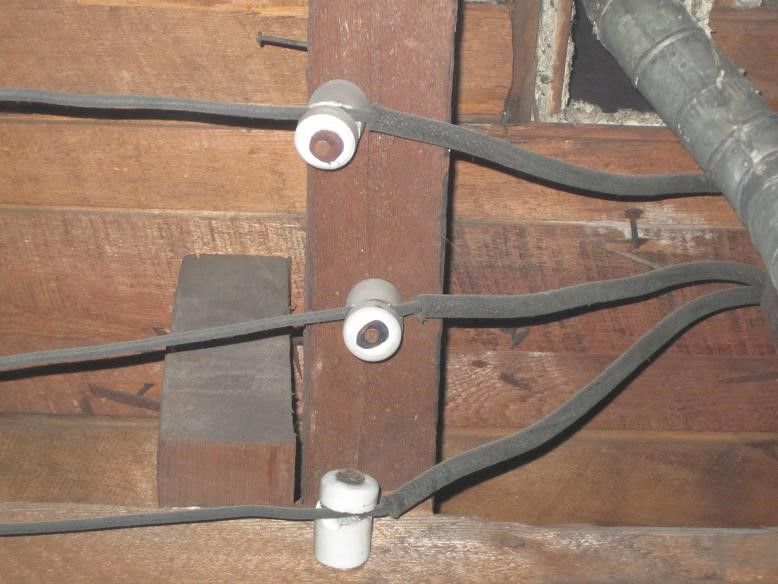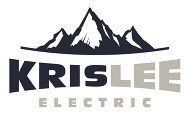Spooktacular Safety
Halloween Electrical Tips for a Boo-tiful Celebration

As Halloween approaches, it's time to deck the halls with spooky decorations, carve pumpkins, and prepare for a night of trick-or-treating fun. While the eerie ambiance of Halloween adds to the excitement, it's crucial to keep safety top of mind, especially when it comes to electrical hazards. From illuminated jack-o'-lanterns to eerie light displays, electricity plays a significant role in many Halloween traditions. In this blog post, we'll explore essential electrical safety tips to ensure a hauntingly safe and enjoyable celebration for all.
Choose Outdoor-Safe Lighting:
- When decorating your home or yard, opt for outdoor-rated lighting fixtures and extension cords designed to withstand the elements. Avoid using indoor lights outdoors, as they may not be weatherproof and could pose a fire risk.
Inspect Decorations for Damage:
- Before hanging up your spooky decorations, inspect them carefully for any signs of damage, frayed wires, or exposed connections. Damaged decorations should be repaired or replaced to prevent electrical hazards.
Use LED Lights:
- LED lights are not only energy-efficient but also generate less heat than traditional incandescent bulbs, reducing the risk of fire. Choose LED lights for your Halloween decorations to enhance safety and save energy.
Avoid Overloading Outlets:
- Be mindful of how many electrical devices and decorations you plug into each outlet. Overloading outlets can lead to overheating and pose a fire hazard. Use power strips with built-in surge protection to distribute the load safely.
Keep Cords Away from Walkways:
- Ensure that extension cords and electrical wires are placed away from walkways and areas where they could pose a tripping hazard. Use cable covers or tape to secure cords to the ground and prevent accidents.
Supervise Open Flames:
- If using candles or open flames as part of your Halloween decor, never leave them unattended. Keep candles away from flammable materials and place them in sturdy, non-combustible holders to reduce the risk of fire.
Be Mindful of Costume Safety
- If incorporating lights or battery-operated devices into costumes, ensure they are securely attached and do not pose a strangulation or tripping hazard. Opt for flame-resistant fabrics and accessories to reduce fire risks.
Stay Dry in Wet Weather:
- In areas prone to rain or damp conditions, take extra precautions to protect electrical equipment and decorations from moisture. Use waterproof covers for outdoor outlets and connections to prevent water damage.
Practice Fire Safety:
- Have a fire extinguisher readily available in case of emergencies and ensure that all family members know how to use it properly. Review fire escape routes with children and designate a meeting point outside the home.
Turn Off Decorations Overnight:
- To conserve energy and reduce fire risks, remember to turn off Halloween decorations and lights before going to bed. Timers can be used to automatically switch off lights at a predetermined time.
By following these Halloween electrical safety tips, you can enjoy a spooktacular celebration while keeping your home and loved ones safe from electrical hazards. Whether you're transforming your yard into a haunted graveyard or hosting a costume party indoors, prioritizing safety ensures that Halloween remains a fun and memorable occasion for all. So, embrace the spirit of the season, but remember to stay safe and watch out for things that go bump in the night!






Share On: